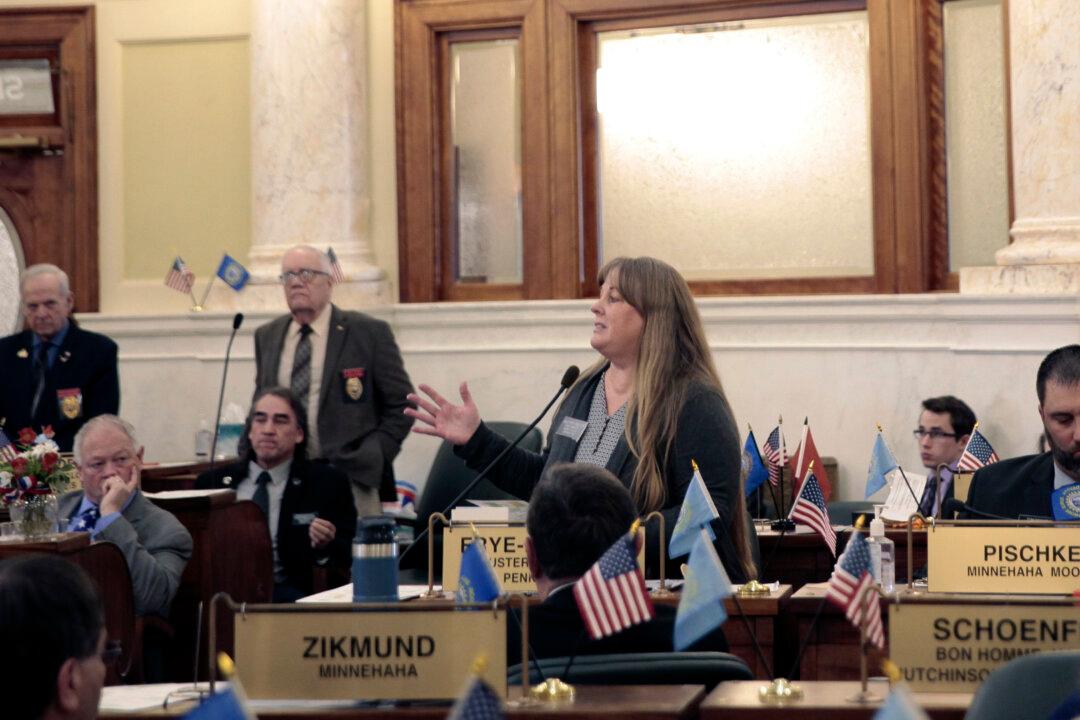By the end of Halloween, some visitors in Shanghai Disneyland found the longest waits were for the COVID-19 test, rather than the roller coaster, as everyone had to be tested before leaving the resort.
The resort sealed the entry and exit gates late on Oct. 31 and said on China’s Twitter-like Weibo that operation would not resume until Nov. 3 at the earliest. Footage on social media shows dozens of health workers in protective suits assembling in the park on Sunday evening.




